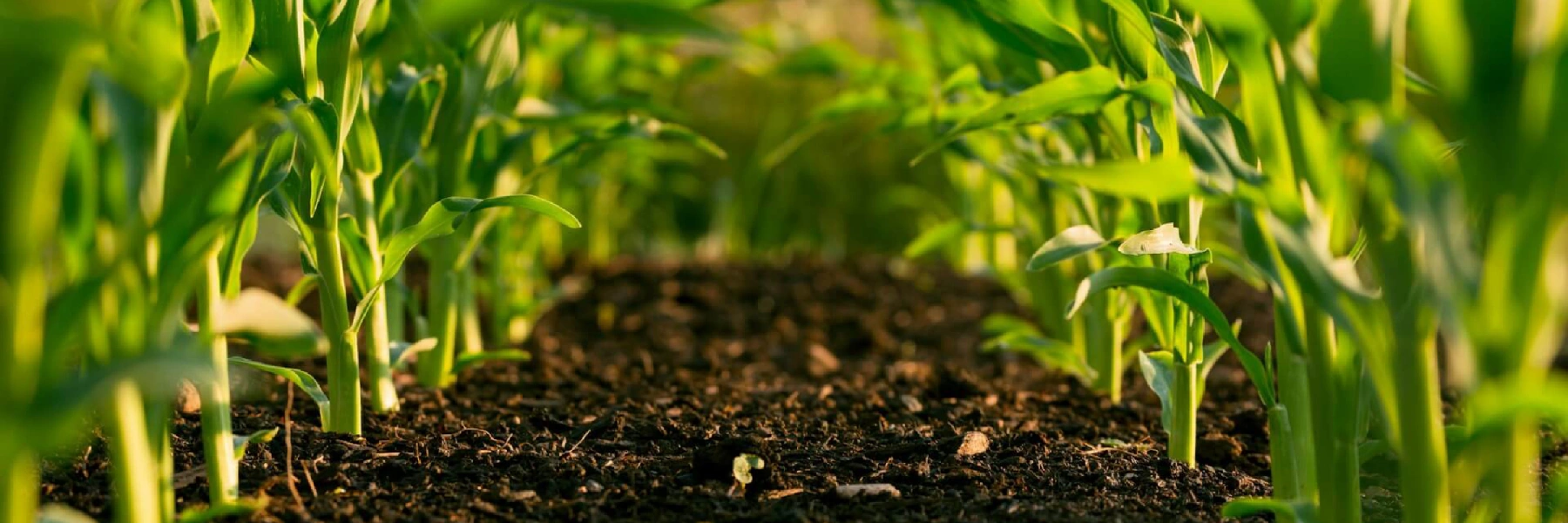
In the past five years alone, the world has used more than 500 billion tonnes of materials. That’s almost as much as we consumed in the entire 20th century. The proportion of those materials being reused? Just 7.2% – less than what it was in 2018.
For brands working with natural ingredients, this is more than a wake-up call — it’s an opportunity. Circular sourcing gives us a way to do better: turning by-products into high-value resources, cutting waste, and creating something genuinely smarter with nature. And for those in the know, it’s a practical, science-backed strategy that’s changing how brands design, produce and communicate their products.
Circular sourcing is a regenerative approach to ingredient procurement that puts nature — and its rhythms — at the heart of our supply chains. Instead of the traditional “take, make, dispose” model, circular sourcing prioritises reuse, regeneration, and resilience. It means working with agricultural systems that can replenish themselves, repurposing by-products into valuable inputs, and designing supply chains that create as little waste as possible.
The goal is to respect what nature gives us and make the most of it. It’s a way of sourcing that supports ecosystems, strengthens rural economies and keeps valuable materials in use for longer, without compromising on quality or efficacy.
In practice, circular sourcing calls for deep collaboration with farmers, harvesters and local communities. It requires transparency and traceability, as well as a commitment to science-led innovation.
Circular sourcing goes beyond reducing waste. It also unlocks more value from the ingredients you already work with. For businesses in wellness, food, personal care and beyond, it opens new paths for product performance, resilience and brand relevance.
Get more from every harvest
With circular sourcing, you can turn overlooked parts of plants into functional, high-value ingredients. It means doing more with less — increasing efficiency without expanding your resource footprint, and opening space for innovation that’s both practical and purposeful.
Build stronger, more resilient supply chains
Designing sourcing systems that regenerate helps protect the ecosystems and producers behind your ingredients. That gives your business a more stable, future-proof foundation — especially in a climate of resource volatility and shifting availability.
Let sustainability drive innovation
Circular sourcing encourages new ways of thinking: new processes, new formats, new formulations. It’s a chance to align performance with purpose — and to build a pipeline of innovation that customers can believe in.
Here’s how to take the first meaningful steps.
1. Start with what you already use
Review your current raw materials. Are there by-products being discarded? Parts of plants not being used? Instead of reinventing your formulations, look for untapped value in what’s already coming through your supply chain.
2. Identify where the change is easiest
Map your production processes. Where are you still relying heavily on virgin raw materials? Where is there waste you could recover or reuse? Start with the changes that require fewer approvals, less reformulation and minimal disruption.
3. Quantify your current use of circular inputs
Start by calculating the percentage of reused, repurposed or upcycled materials in your products. This gives you a baseline — and helps set tangible, trackable goals for progress.
4. Choose the right partners
You don’t have to do it alone. Partner with ingredient suppliers who already work with circular models — who can offer upcycled inputs, traceable sourcing, and technical support. Collaboration makes change faster and lowers the cost of transition.
5. Use tech to track your sourcing footprint
Leverage supply chain tools to get visibility on ingredient origin, processing and impact. The right data gives you more control — and makes it easier to report progress, both internally and to your end users.
6. Rethink design with circularity in mind
Beyond sourcing, think about full lifecycle. Are your products designed to be repurposed? Can you formulate with fewer, more efficient ingredients? Is packaging recyclable or reusable? Design is a key part of going circular — and a space for real innovation.
At Evra, we believe nature gives us more than enough — if we know where to look. Circular sourcing is our way of honouring that potential. Instead of letting valuable plant materials go to waste, we give them a second life — transforming by-products into ingredients with real impact.
Curious to see what circular sourcing could unlock for you? Let’s build something meaningful together.